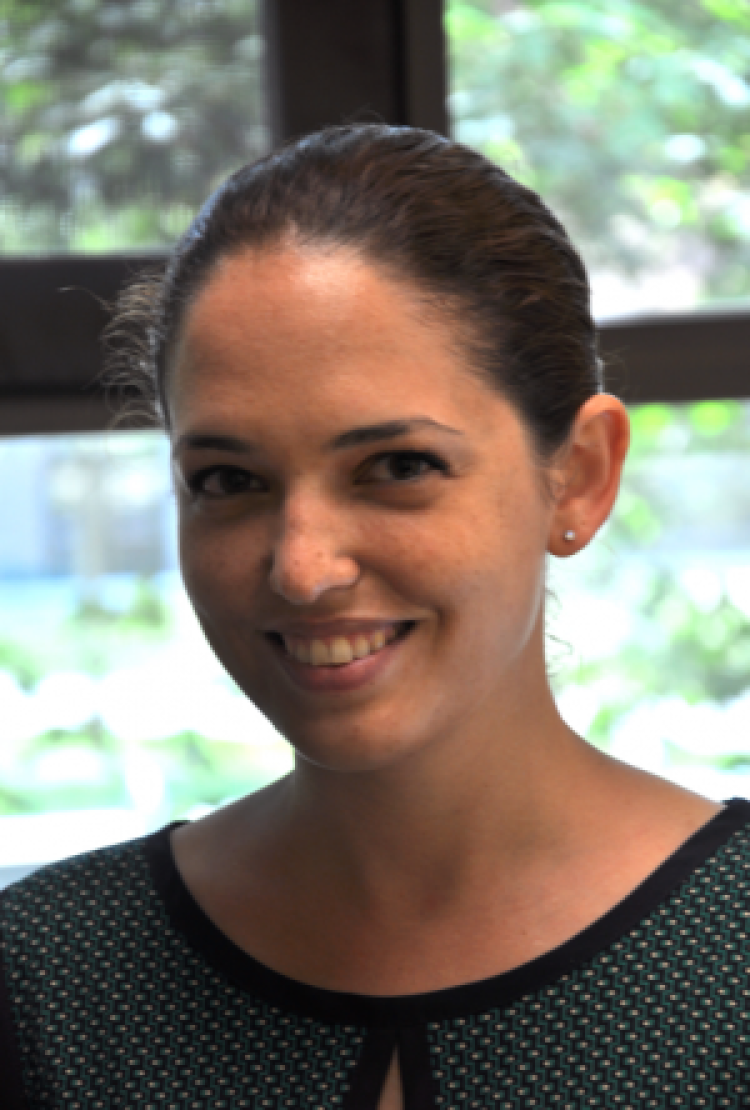Do plants have social networks?
Humans interact in social networks every day around the office coffee pot, online with Facebook and in their communities through political elections. The structure and connections within these networks and others shape how information is shared. That in turn defines much of our modern life and collective behavior, though little is known about how or why these processes work.
That is because it’s difficult to study how these systems, with so many inputs and variables, actually work or affect one another in humans. The same goes for animals where small factors like touch, sight and sound can similarly change the whole dynamic of a network. Research being led by CU Boulder Assistant Professor Orit Peleg is trying to untangle this question by studying social systems in sunflowers through an award from the Human Frontier Science Program.
Peleg acknowledges most people don’t think of plants as having social networks – that is, they don’t think of plants being alive in that way. But for her, that kind of philosophical question is one of the most important aspects of the project.
“There are basic science and philosophical questions to be answered in this work,” said Peleg, who is a member of the Multi-Functional Materials and Autonomous Systems IRTs. “We will be using methodology from physics, engineering and math to understand problems in biology. How do you define a living organism? How do you differentiate between physical and social interactions?”
The Human Frontier Science Program links researchers from different continents and backgrounds. Peleg is joined in the project by Alex Jordan from the University of Konstanz in Germany and Yasmine Meroz from Tel Aviv University in Israel. Their $1.1 million, three-year grant is one of only nine 2019 Young Investigator Grants awarded this cycle to researchers specifically within five years of establishing their independent research group and no more than 10 years from their doctoral degree. In total, the program selected just 34 teams from more than 800 applications representing 60 countries.

Orit Peleg
Peleg’s team is using sunflowers for this project because they are known to adjust their flower heads and leaves to earn maximum sun exposure, throwing shade on nearby plants in the process. Those neighboring plants then move to avoid being shaded themselves. The ripple effect from this dynamic creates a large network of interactions in the neighboring community of plants.
Peleg said plants are also great for this work because they do not move from location to location like humans or animals, making it easier to collect data. It also opens up agricultural applications for the work in the future as well for things like maximizing planting space.
Peleg, who is based in the BioFrontiers Institute and the Computer Science Department in the College of Engineering and Applied Science, will be working on computer modeling for the project. Her team will be looking at different planting arrangements of the sunflowers, comparing their growth to different light sources.
“By comparing those inside a model, we can say something a bit more microscopic about the interactions between the plants,” she said. “How do they communicate? Is there a benefit to the entire collection from their actions? We may be able to use this knowledge to project on to more complicated networks in the future.”

